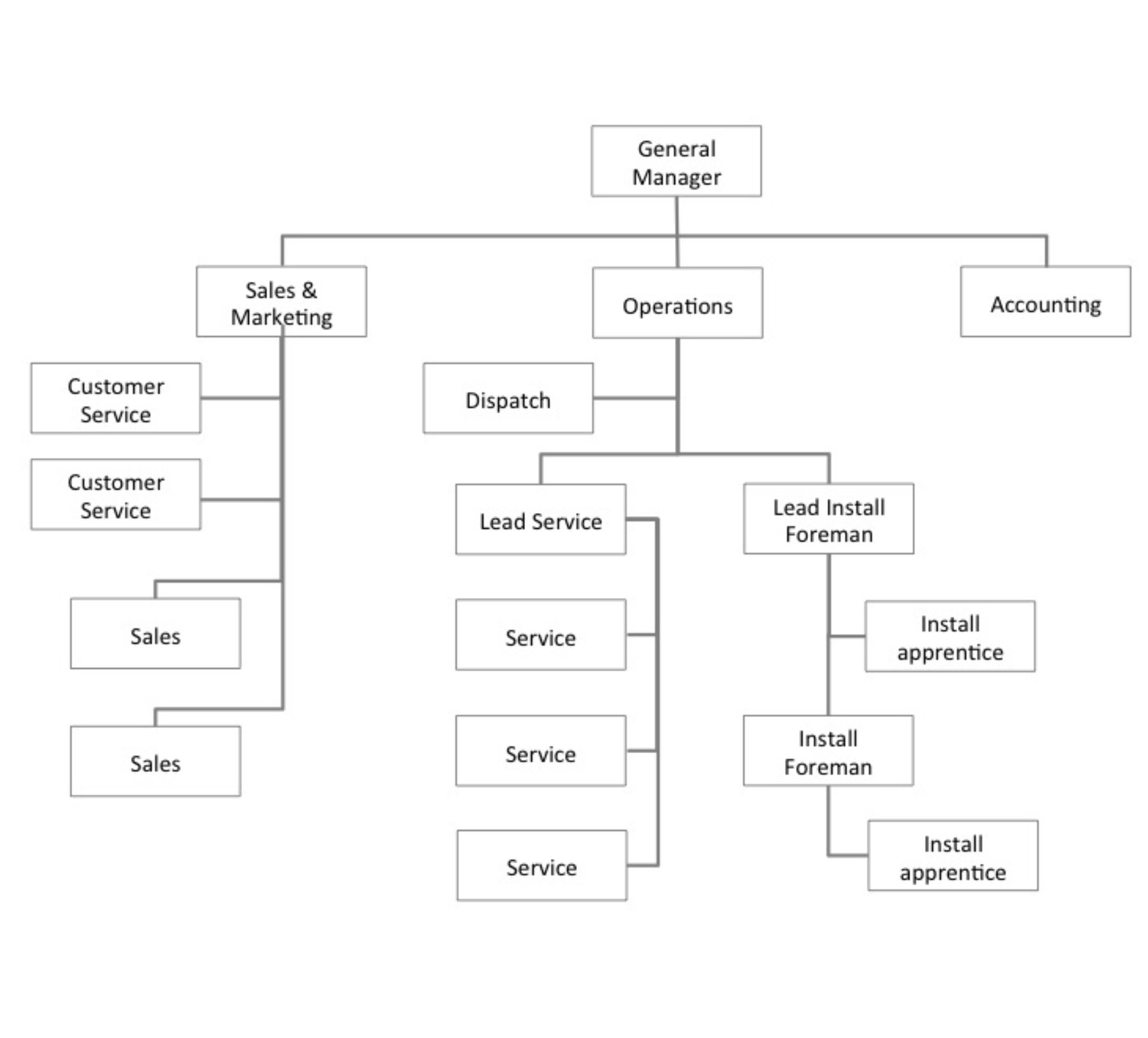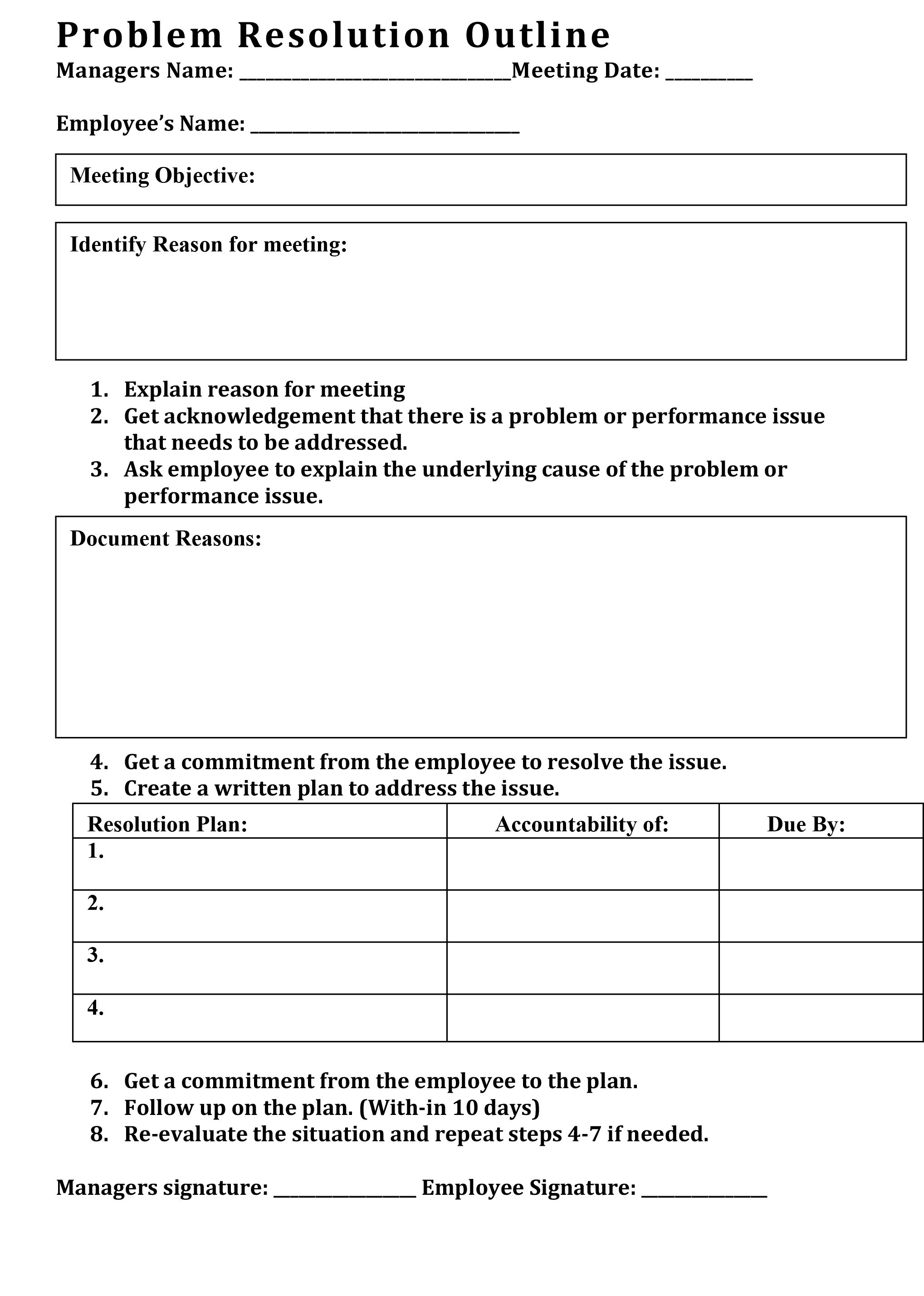Managing Change
Key Concepts
Tom Wittman
HVAC Coaching Corner
www.HVACCoachingCorner.com
(317) 750-1607
CoachTomW@Gmail.com
Guiding Principles
We perform our daily functions under the following Guiding Principles:
- Attracting, developing, and retaining a competent, creative, and highly motivated workforce
- Delivering Indoor Comfort, Health and Safety relative to Residential Heating, Air-conditioning in a convenient, equal, accurate, courteous, professional, and prompt manner
- Designing the highest quality and innovative HVAC solutions, ensuring that the experience for our customers is of the highest quality
- Maintaining public trust by being an ethical, sensitive, effective, and cost-efficient organization in service to employers and employees alike
- Obtaining the highest level of Business profitability to survive, prosper, and grow in a safe and prudent manner
- Providing meaningful information and education to all Internal and external customers in a timely manner
- Sustaining our role as a respected leader in our community and Industry
Core Values
Quality
- Consider, understand, and manage risk
- Proactively explore service and product opportunities to better serve our customers
- Seek to “do it right” the first time
- Strive to exceed customers’ needs and expectations through competence, innovation, and teamwork
Respect
- Are courteous, responsive, and professional
- Stay present in the moment and actively listens to understand others
- Treat every person with kindness and humility
- Value and recognize every individual for their unique skills, talents, and contributions
Accountability
- Find solutions that contribute to desired results
- Give and seeks clear expectations
- Make sound decisions from experience, good judgment, and collaboration
- Take ownership of, and responsibility for, actions, risks, and results, and use outcomes as learning opportunities
Integrity
- Act in all endeavors with an ethical, honest mindset and in a professional manner
- Are truthful in all actions and communications
- Honor commitments, keep promises, and build trust
Openness
- Approaches every situation with good intentions
- Are receptive to new and diverse ideas
- Encourage a trusting environment by being genuine and transparent in actions and communications
- Listen, cooperate, and share across the organization
Balance
- Embrace opportunities for personal and professional development
- Maintain focus on long-term goals while meeting short-term needs
- Support a healthy personal and professional balance
- Support an environment that is optimistic and enjoyable in which relationships can prosper across our organization and communities
Organizational Structure
It’s about creating clear lines of communication and accountability for your employees. It’s about helping employees understand where their department “fits’ and who the point person is to go to when they have questions, issues or concerns. It’s about making sure the owner isn’t the bottleneck, and that there are key people in place to manage certain areas of the company
There are many ‘right” ways to structure your company and there is no one-size-fits-all approach. In fact, as you grow and change, your organizational chart will also grow and change as new opportunities are created out of both vision and necessity.

Position Agreements
Position agreements clearly define performance, behavioral expectations, and compensation for each position on the organizational chart.
Position agreement outline:
Communication Flow
- Job title
- Department
- Reports to
- Direct reports
Performance expectation
- Key Performance Metrics
Education – Experience requirements
- Necessary knowledge and skill
- Education and experience
Physical requirements
Tactical skills
Behavioral expectations
Compensation
Management by agreement
By reading and accepting the terms and conditions of the agreement, the employee agrees to abide by the Companies principles and Values and strive to meet all of their objectives set forth within the agreement.
The Manager agrees to monitor performance, give consistent feedback and help the employee improve.
Professional Development and Support
- Performance reviews
- Salary reviews
- Key Performance tracking
- Regular departmental and interdepartmental meetings
- Focus on two or three short-term (1-3 months) key areas to improve as a group
- Specific Personal and Professional development plan for each employee
- Clear professional career path within the organization
- A clear understanding of the role and responsibility of each team member
Considerations
As effective managers, the best we can do is to create an environment where people can attain a level of success.
Whether people choose to be successful with-in that environment or not is entirely up to them, provided we give them every opportunity to be successful.
To ensure success and to further develop the capability of the people, it is imperative that the results be tracked and reviewed on a consistent basis.
Once problems are identified or when sub-standard performance results are noticed, it is the responsibility of the manager to identify the barrier keeping the employee from attaining success and take the appropriate measures to remove those barriers.
Barriers in the way of success will fall into three categories:
- Lack of Technical competencies
- A flaw in the process being implemented
- Behavioral challenges with the individual.
More often than not, you will experience a combination of two:
Behavioral challenges or “mental blocks” preventing the person from developing themselves in the area of their weakness (Lack of a technical competency) or a perceived flaw in the process being implemented due to an unwillingness to change (behavioral challenge).
Everything we as managers do in the development of our team should be in the spirit of helping the employee develop into a better person resulting in better performance.
Most of the time, it will work. Sometimes it will not. When you find yourself in the undesirable position of addressing a challenge where the employee refuses to take ownership of the change or the development process, remember this: The choice to be successful or not within the environment created for your team is entirely up to each member of the team.
As long as you have given them proper instruction, direction, coaching and ample time to take ownership of the situation, you have done as much as you can do. In short, if you cant convince the person to change, change the person.
The Problem Resolution Process
Action:
1. Clearly identify the performance issue.
2. Write down your goal in speaking with the person.
3. Write out a clear explanation as to why you have scheduled a meeting with that person:
Example:
“For the last three weeks, your closing % has dropped from 55% to less than 38% with no improvement. The reason I wanted to speak to you today is to find out why that % has been dropping and determine what needs to happen to get those results back on track.”
4. Get acknowledgment from the person that there is a problem.
Example:
Joe, you can see that there is an issue that needs to be addressed here, can’t you?
CRITICAL MILESTONE #1
If the person does not recognize that the performance identified is an issue, Address THAT as a separate issue.
Example:
Joe, the fact that you do not recognize this level of performance as an issue that needs to be corrected: is a problem with-in itself. Let’s talk about THAT, shall we? Repeat steps three and four (with the new issue) until the person understands and recognizes that the level of performance IS a problem and needs to be addressed.
If after three attempts, the person STILL refuses to recognize the performance issue as a problem that needs to be addressed, cut to the chase.
Example:
Joe, we have projected minimum levels of performance expected from all salespeople. Everyone, including you, agreed to those projections. You are falling short in this area. If you’re telling me that you are not willing to recognize that you need help in this area due to poor results, you are telling me that you don’t want to be a part of this team anymore. Is that what you’re telling me, Joe?
Wait for a response:
5. When the person recognizes that YES their performance is an issue that needs to be corrected, ask the person to state their reasoning as to why the performance is low.
CRITICAL MILESTONE #2
Listen intently to the person’s response. If the person is:
“Outer-directed”
Write down every reason. When the person finishes “dumping their frustrations” repeat the list of reasons to them.
Example:
Thanks for sharing those reasons for me Joe, to make sure that I clearly understand, you said: (repeat all of the reasons). Is there anything else that you would like to add?
Briefly review each “reason”.
Explain the action that you are going to take. I am going to look into each of these items today.
Ask the “What If” question. Joe, if I am not able to resolve these issues in the short term, what can YOU DO now to improve your performance now?
Listen for an inner-directed response. If you get another Outer-directed response or if the person is unwilling to own the issue, Go back to step 3 and repeat the process:
Joe, the fact that you are unwilling to do whatever you can to improve your own performance while I address these other challenges is another issue that we need to deal with.
If you are telling me that you are not willing to do what you can to improve your own performance, you’re telling me that you don’t want to be a part of this team and I accept your resignation… Is that what you want? Listen to the person’s response and help them make a career decision.
“Inner-directed”
Write down every reason.
Thanks for sharing those reasons for me Joe, to make sure that I clearly understand, you said: (repeat all of the reasons). Is there anything else that you would like to add? Listen; make sure that Joe is completely finished.
Briefly review each “reason”. Offer to help.
Joe, as I see it, I believe it would be very helpful for you if:
- We schedule a field sales evaluation on (date)
- Identify areas for improvement
- Review the training material available in those area’s
- Schedule a role-play session every Tuesday and Thursday morning from &:00
to 8:00 am for the next three weeks - Schedule you for a sales workshop.
• By doing this I will expect your closing percentages to bounce back to at least
50% within the next two weeks.
Put a plan of action for the person in place with accountabilities and due-by dates. Hold the person accountable to the plan. Sign the plan. Have the person involved sign the plan.
Establish a performance review date upon completion of the plan.


